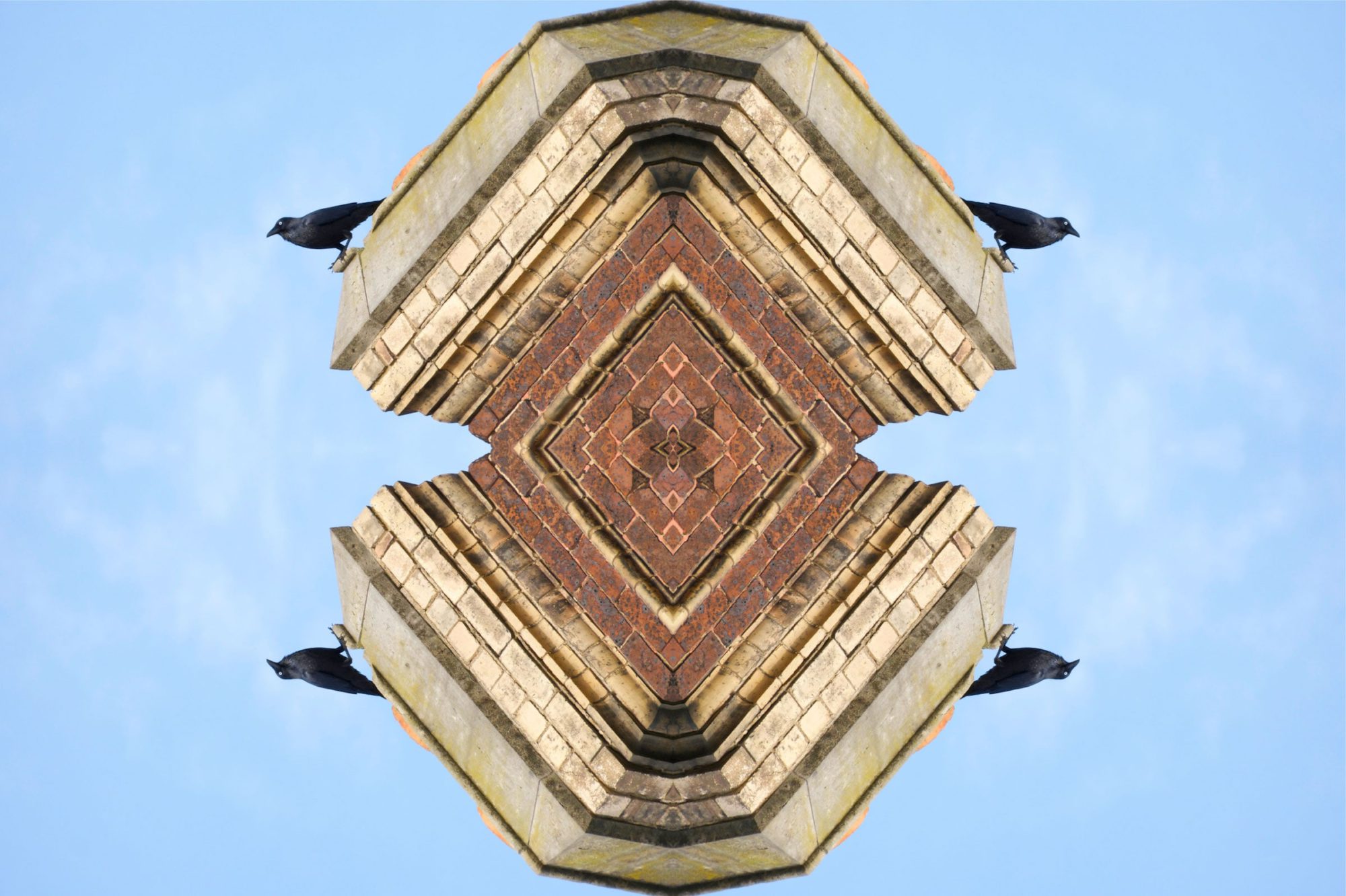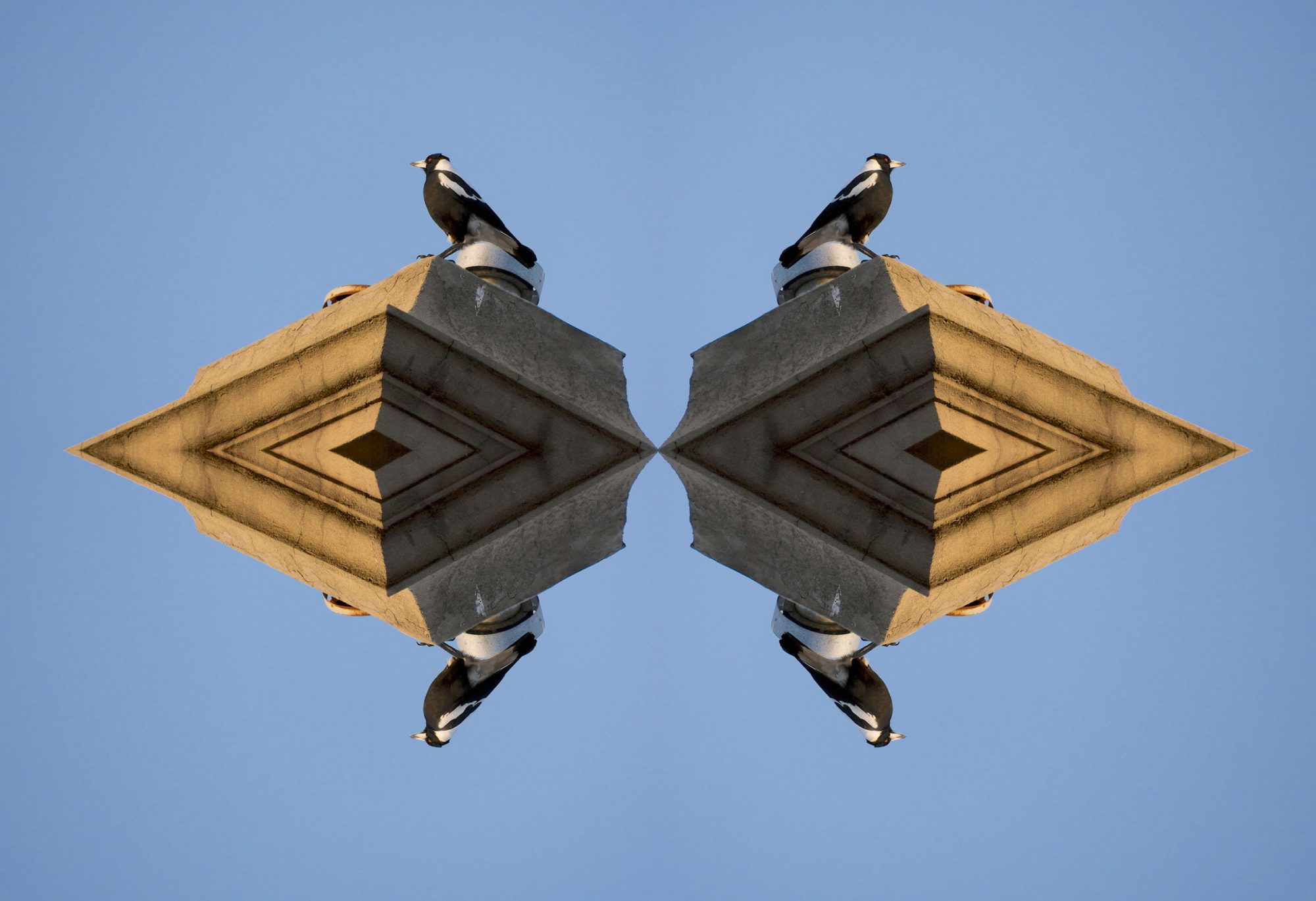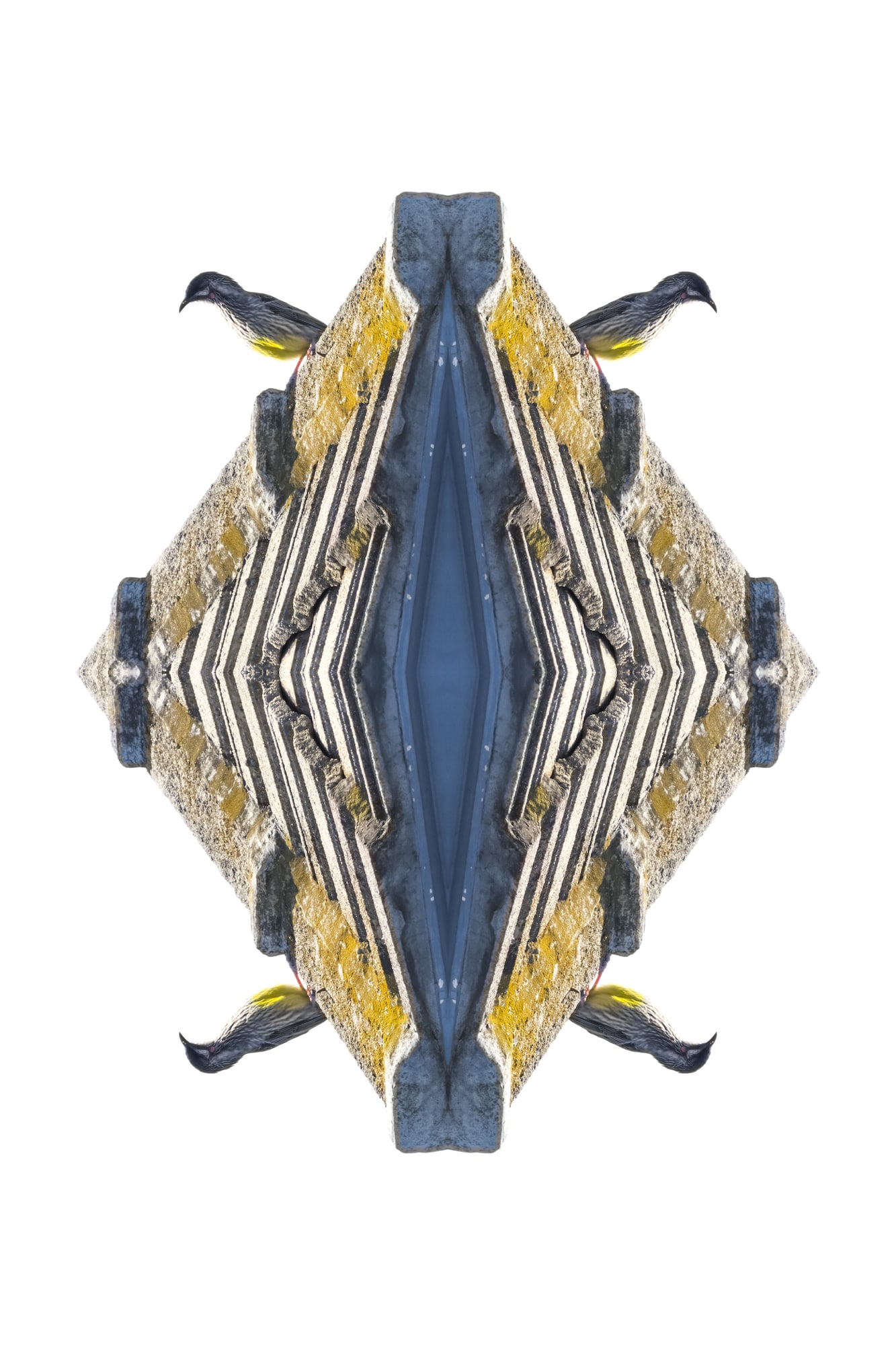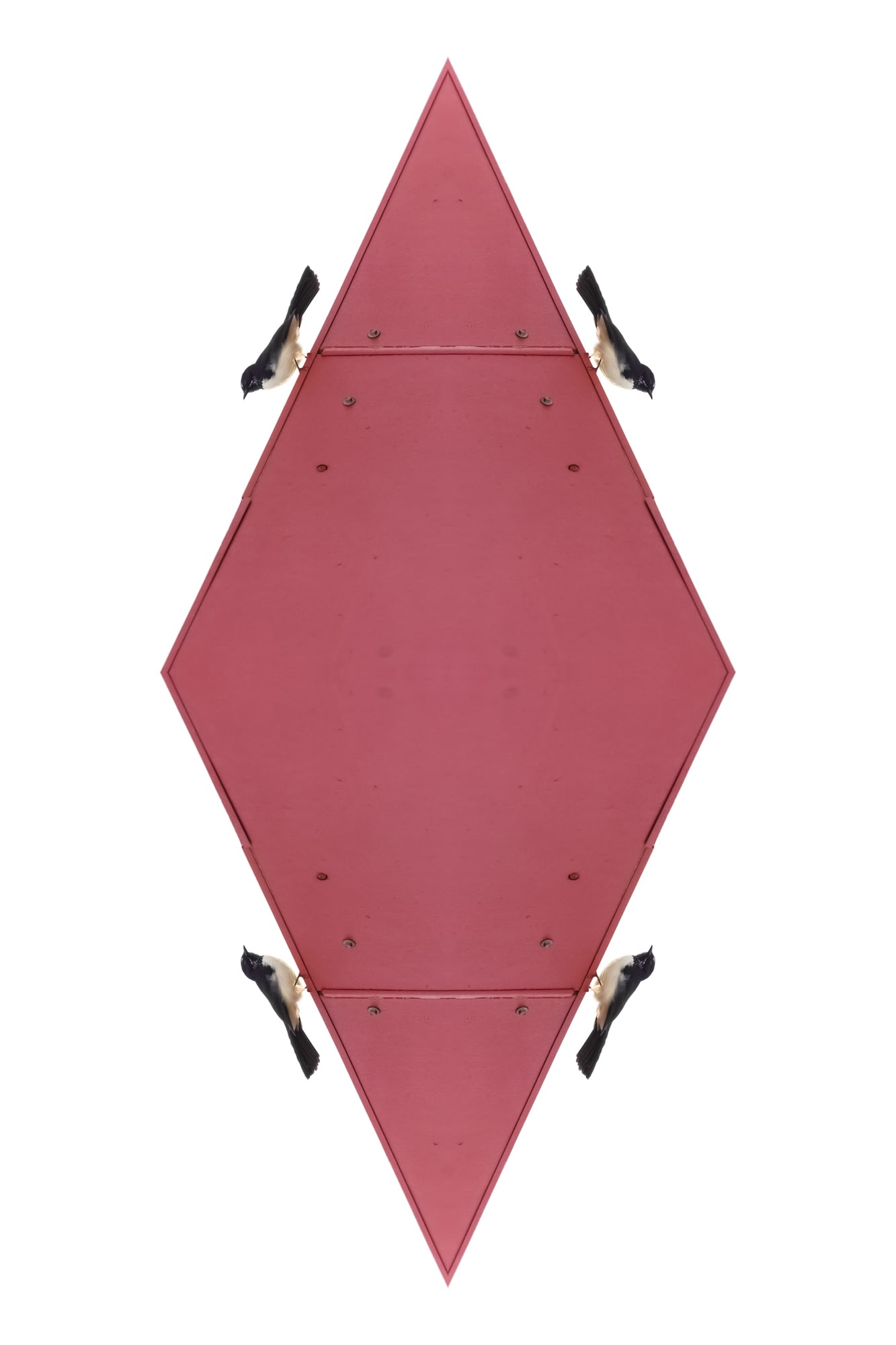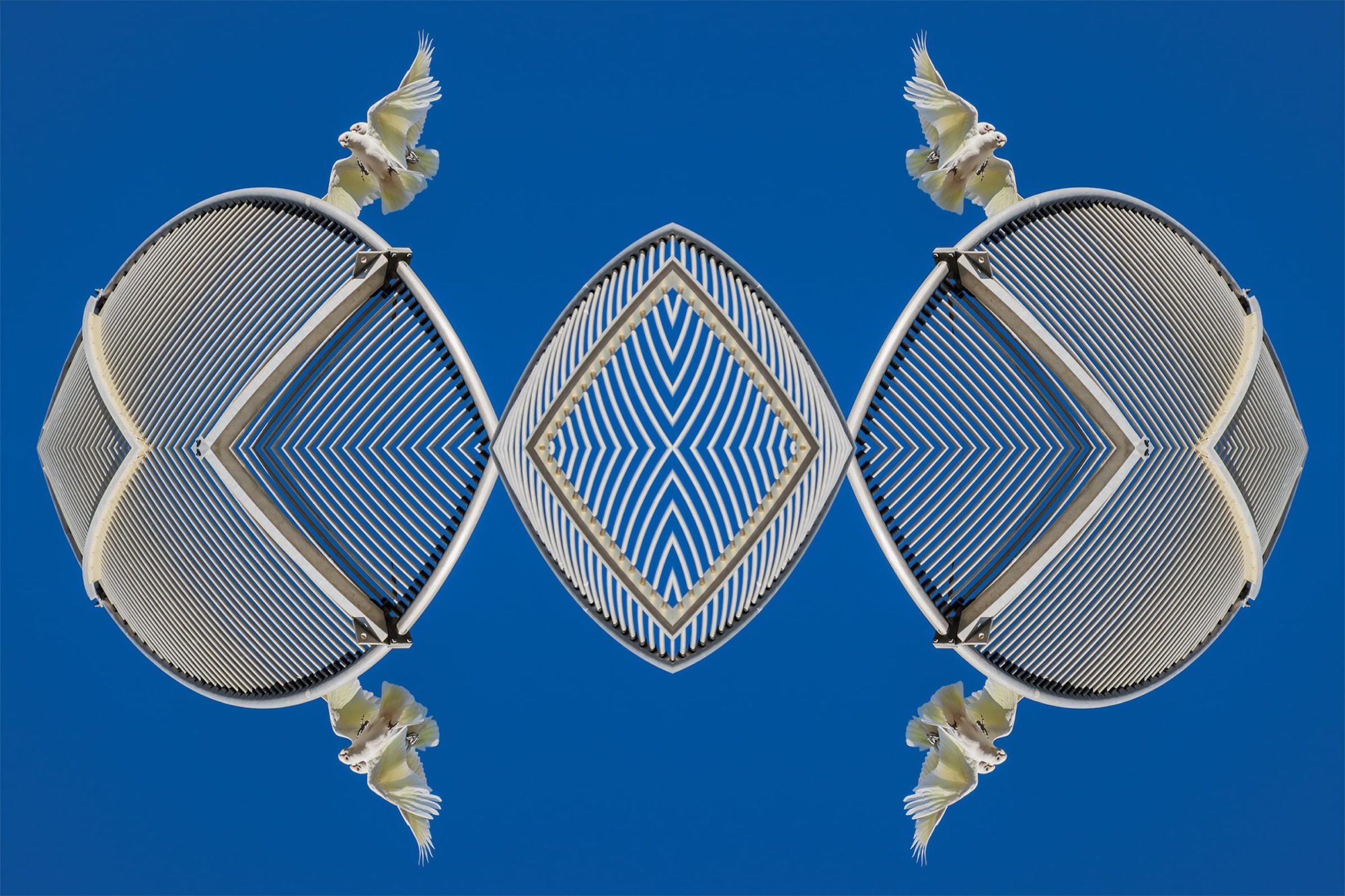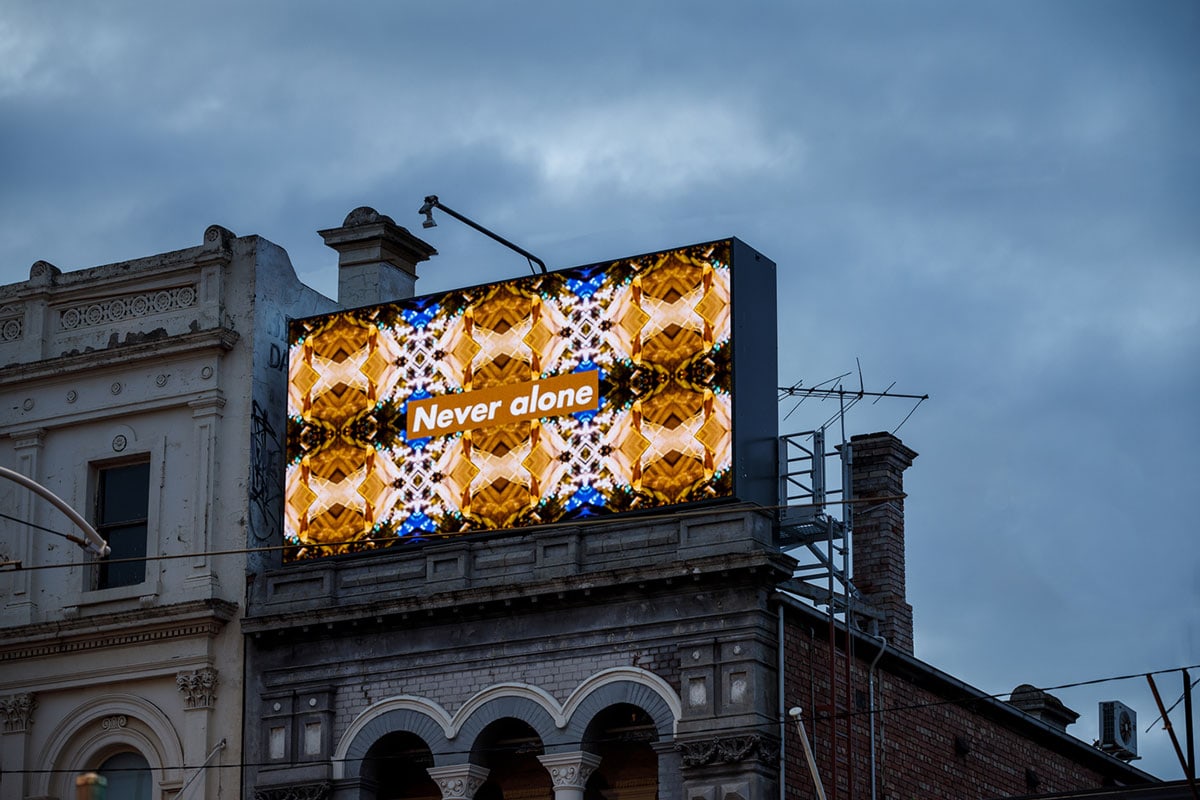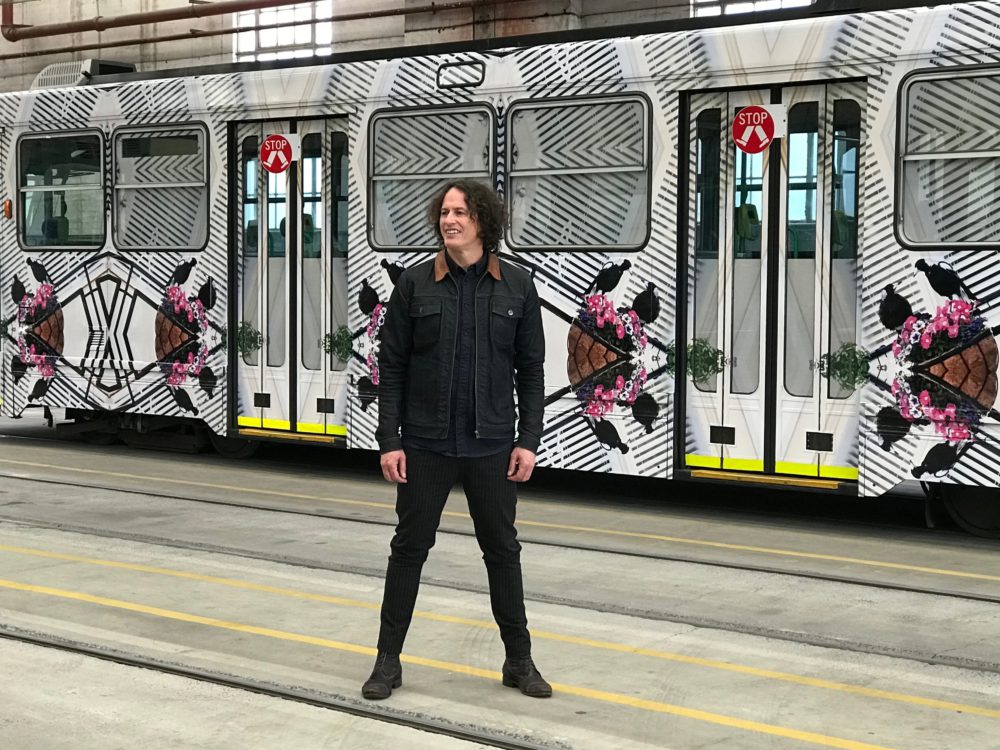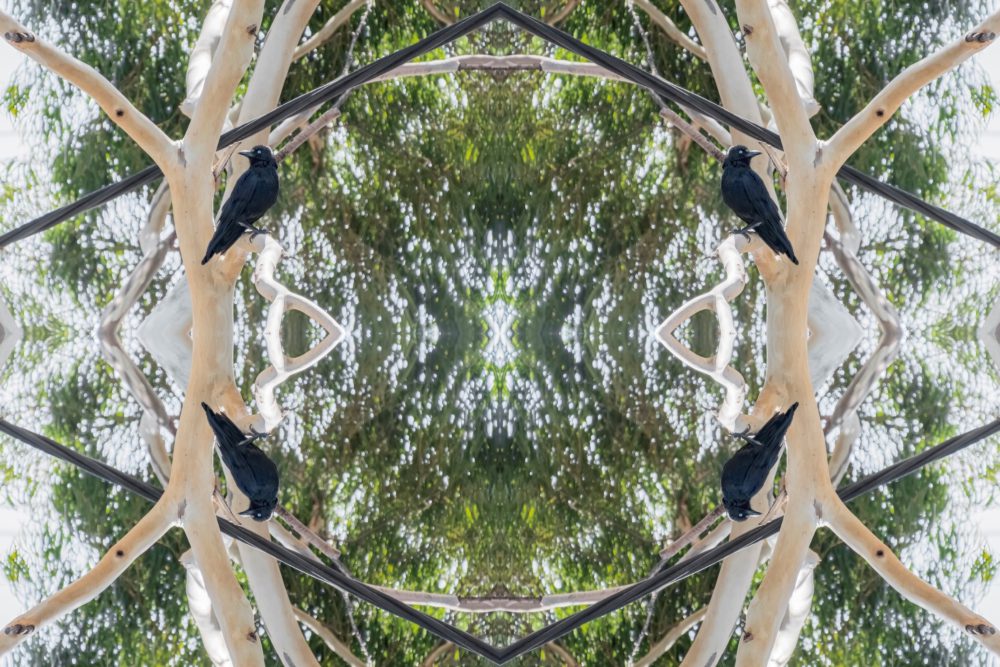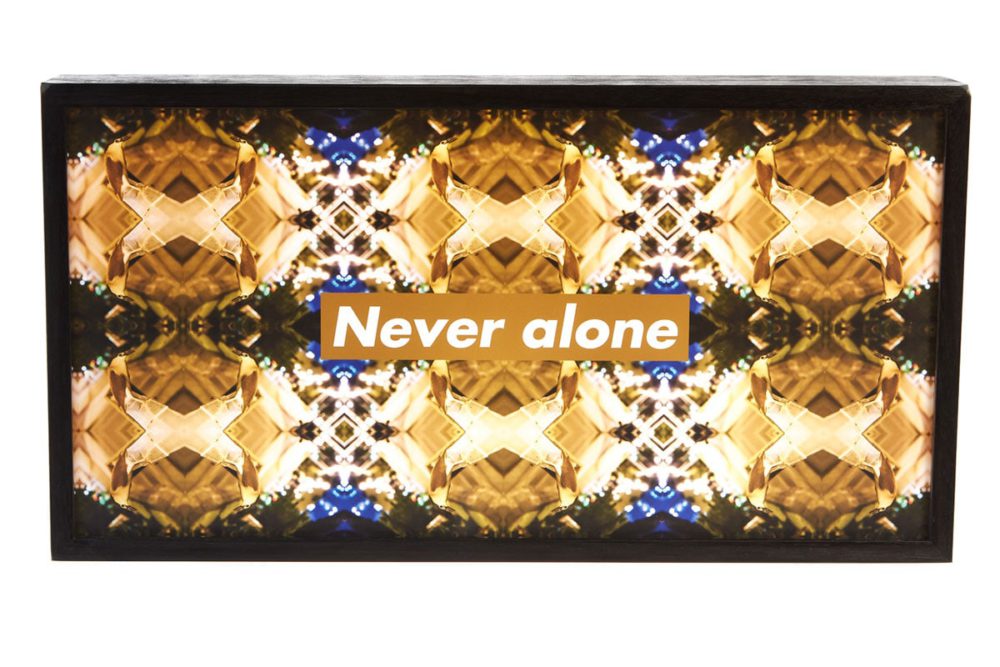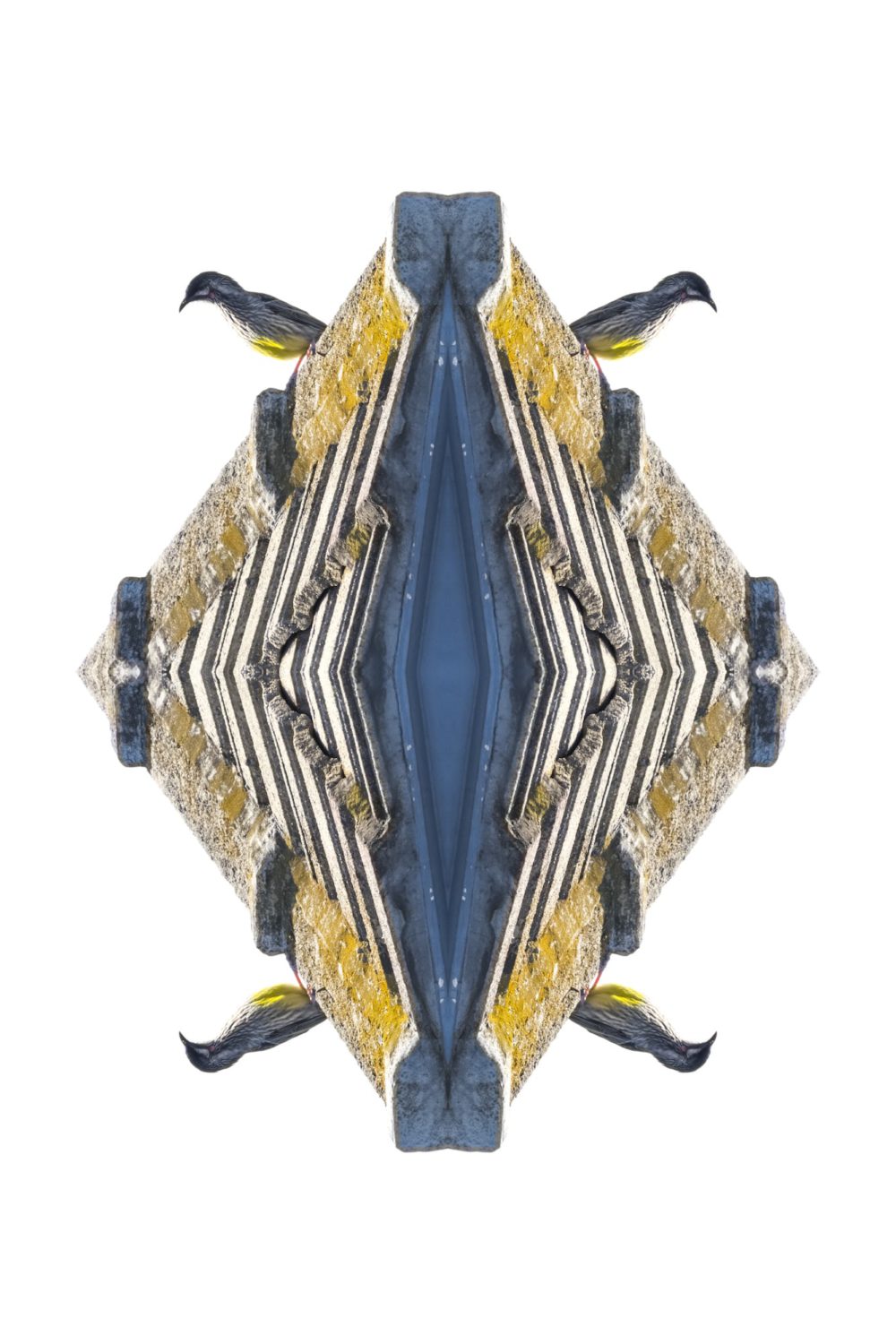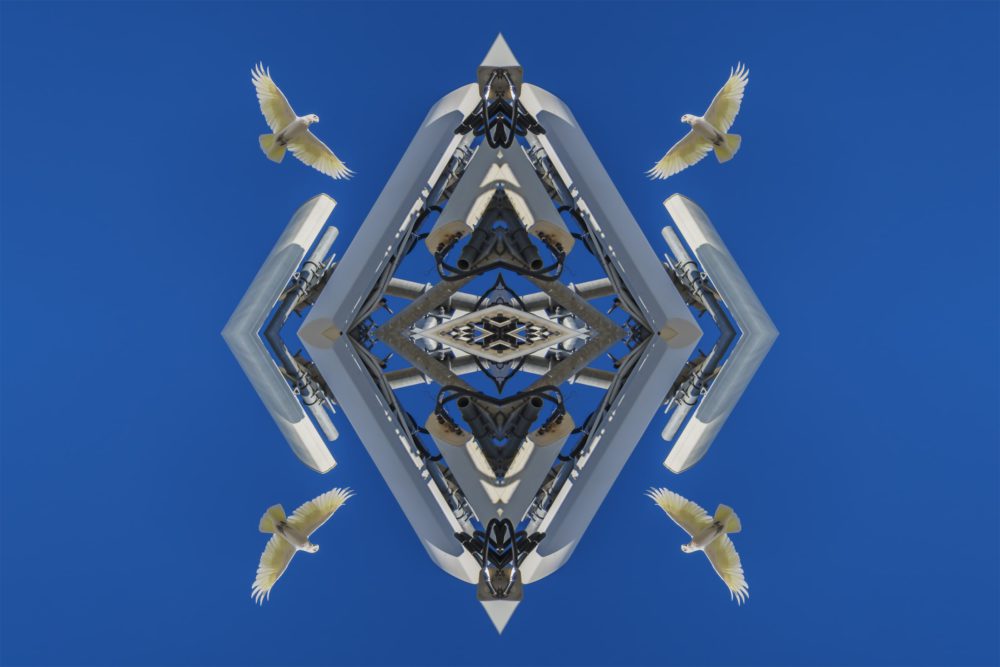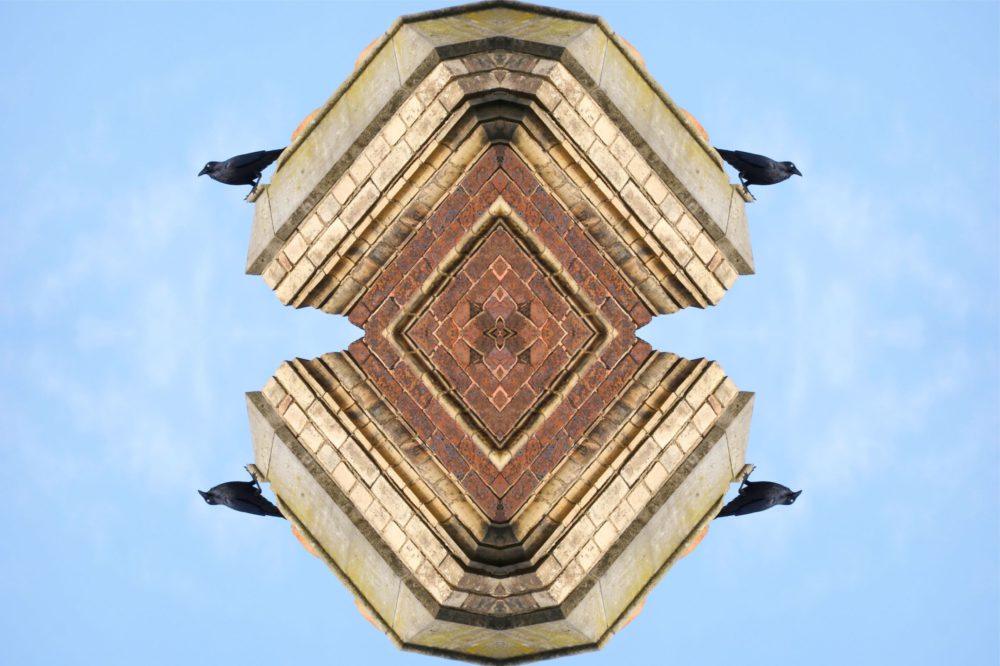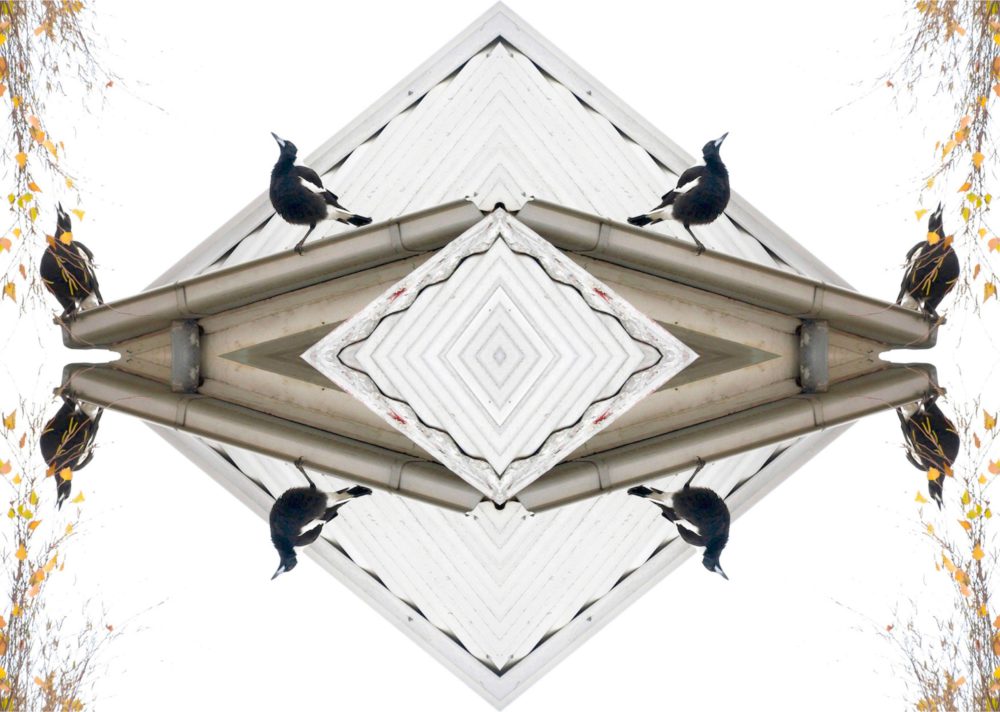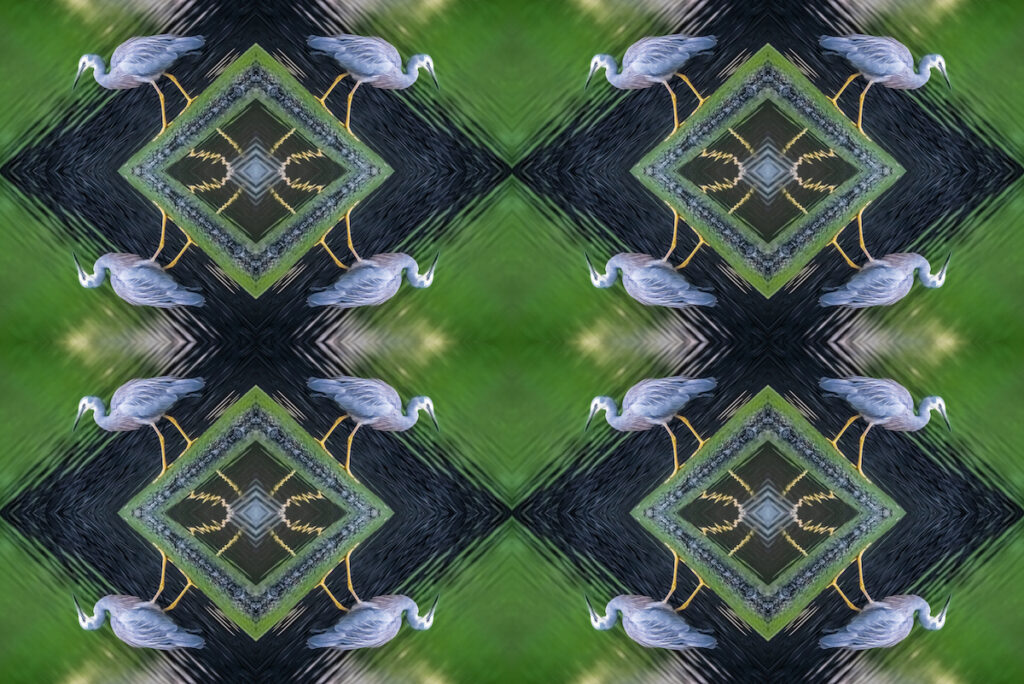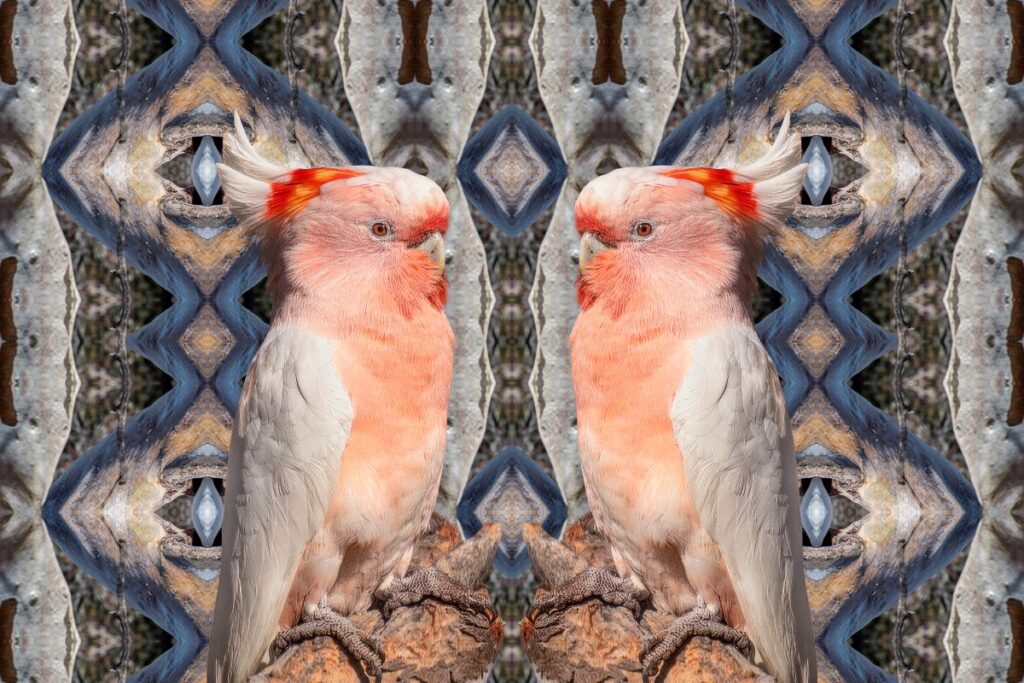
Kent Morris
My art practice reveals the continued presence and patterns of First Nations knowledge, history and culture in the contemporary Australian landscape despite ongoing interventions.”
— KENT MORRIS
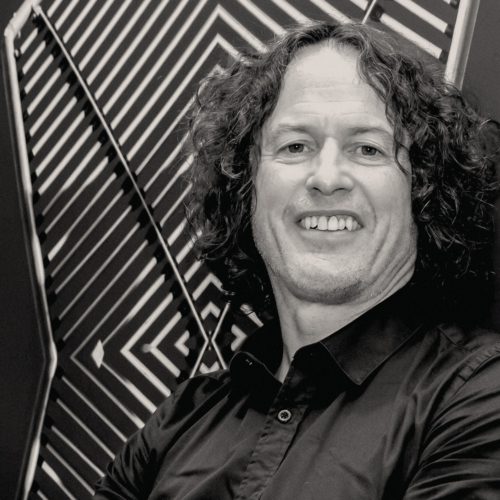
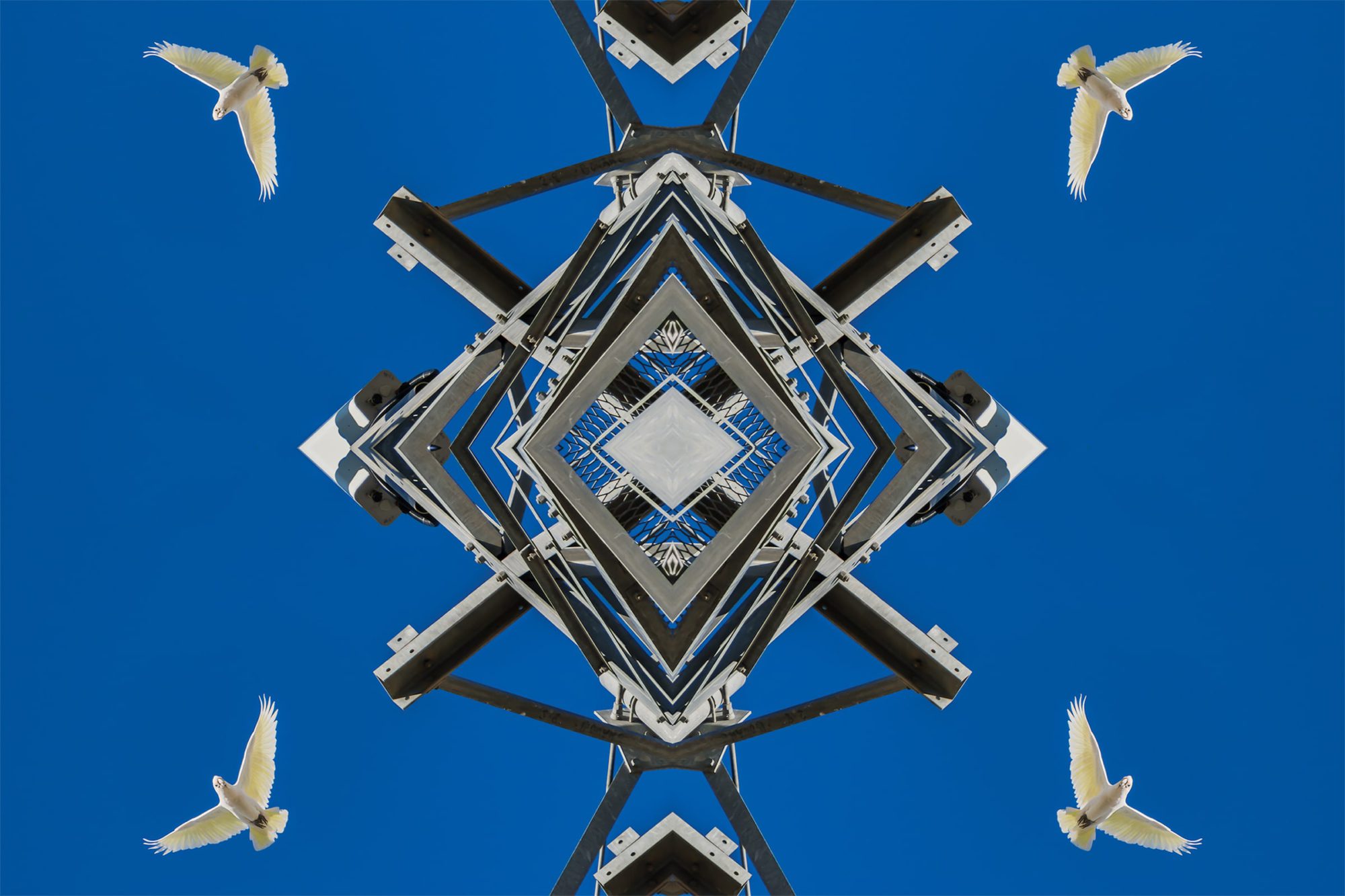
FIRST NATIONS KNOWLEDGE IS ROUTINELY CHALLENGED OR IGNORED IN AUSTRALIA. TO ADDRESS THIS, STRUCTURAL CHANGE IS REQUIRED TO PRIORITISE INDIGENOUS PHILOSOPHIES, LIVED EXPERIENCES AND KNOWLEDGE SYSTEMS.
My art practice reveals the continued presence and patterns of First Nations knowledge, history and culture in the contemporary Australian landscape despite ongoing interventions.
First Nations knowledge systems are utilised visually to reshape ways of thinking, seeing, understanding and interacting with place. The built environment is being re-imagined and reconstructed through a First Nations lens to reflect the long history of Indigenous people in this country and to reaffirm identity and connectivity, to give visual representation to that which is often unseen.
The intertwining of Indigenous cultural knowledge systems, technology and the built environment is an integral element of my art practice. By visually deconstructing and reassembling western systems, the work mirrors the methodical disassembly and denial of First Peoples cultural knowledge and highlights his desire to reshape and reaffirm contemporary thought, understanding and truth about the deep-time existence of Aboriginal philosophy, spirituality and knowledge and the role they continue to play in today’s society.
The various ways that native birds interact with the built environment reflects resilience, adaption, continuity, and change to ecological systems. Learning from the rhythm and habits of native birds in a variety of spaces, I experience how birds have adapted to the built environment, technology and colonial interventions, reflecting on the ways in which Indigenous cultures survive and adapt.
One of the central motivations for my art practice is to increase Indigenous cultural representation in the built environment, to provide a dedicated and considered space for the exchange of stories, histories, images and insights. My art practice reaffirms, identity, connection to place and the continuing evolution of Indigenous cultural practices whilst engaging audiences to question long held frames of reference.
KENT MORRIS IS AN ARTIST OF BARKINDJI AND IRISH HERITAGE LIVING ON YAUKUT WEELAM COUNTRY IN MELBOURNE.
He holds a Bachelor of Fine Arts from Monash University and a post-graduate Diploma in Fine Art from Victorian College of the Arts and is an alumnus of the National Gallery of Australia’s Wesfarmers Indigenous Leadership Program.
Kent has exhibited widely throughout Australia in both solo and group exhibitions, most recently in Tarnanthi: Festival of Contemporary Aboriginal and Torres Strait Islander Art at the Art Gallery of South Australia, Adelaide (2021 and 2017), Wilam Biik at Tarrawarra Museum of Art, Melbourne (2021), and Tree Story, Monash University Museum of Art, Melbourne (2021). He has been shortlisted for the National Aboriginal and Torres Strait Islander Art Awards (NATSIAA’s) at the Museum and Art Gallery of the Northern Territory in Darwin each year from 2016 – 2020.
Kent has also worked on large scale architectural commissions for building interiors at UTS, Sydney, and Australian Unity, Melbourne. He has also completed public works including billboard projects for the Australian Centre for Contemporary Art and the City of Moonee Valley and was commissioned to design one of the Melbourne Art trams as part of the 2019 Melbourne International Arts Festival. His work is included in numerous major collections, including the National Gallery of Victoria, Artbank, The University of Technology, Sydney, Horsham Art Gallery, Australian Unity and the Parliament House Art Collection.
Central themes in his art practice are the connections between contemporary Indigenous experience and contemporary cultural practices and their continuation and evolution.
Kent’s photography practice re-imagines and reconstructs shapes and structures to reflect the systems and designs of First Nations knowledge in Australia.
Through digital photographic processes, Kent engages audiences by manipulating technological structures and nature into new forms that reflect Indigenous and western knowledge systems merging together to reinforce shared histories and First Nations cultural continuity since time immemorial.
One of the central motivations for Kent’s work is to provide a dedicated and considered public space for the exchange of stories, histories, images and insights and to give visual representation to that which is often unseen. His art practice explores identity, connection to place and the continuing evolution of cultural practices whilst engaging audiences to question long held frames of reference.
Kent also leads The Torch, a not for profit organisation that provides art, cultural and arts vocational support to Indigenous offenders and ex-offenders in Victoria through its Indigenous Arts in Prison and Community Program which he began in 2011.





